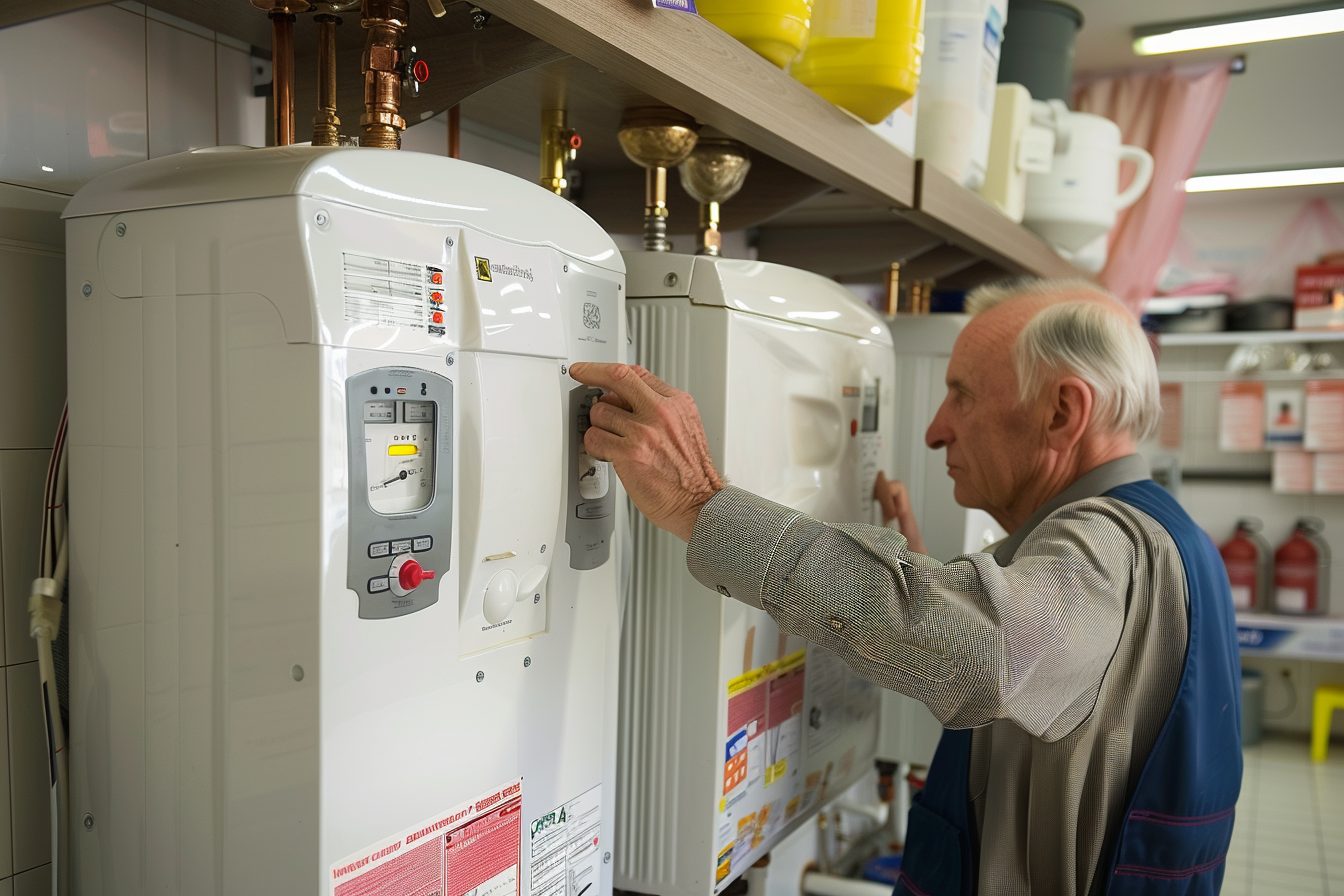Whole House Generators: Complete Power Backup Solutions
Power outages can strike at any time, leaving homes without electricity for essential systems like heating, cooling, refrigeration, and lighting. Whole house generators provide comprehensive backup power solutions that automatically activate when utility power fails, ensuring continuous operation of critical household systems. These permanently installed units offer peace of mind and convenience that portable generators simply cannot match, making them an increasingly popular choice for homeowners seeking reliable backup power.

Understanding Whole House Generators: Your Reliable Backup
Whole house generators are permanently installed backup power systems designed to automatically supply electricity to your entire home during outages. Unlike portable generators, these units connect directly to your home’s electrical panel and natural gas or propane supply, providing seamless power transitions without manual intervention. When utility power fails, an automatic transfer switch detects the outage and signals the generator to start, typically restoring power within 10-15 seconds.
These systems come in various sizes, typically ranging from 7.5kW to 48kW, with larger units capable of powering entire homes including high-demand appliances. The generator housing protects internal components from weather while reducing noise levels, making them suitable for residential installations.
What Can Your Whole House Generator Power? Essential Systems
The capacity of your whole house generator determines which systems and appliances it can support during an outage. Smaller units (7.5-12kW) typically power essential circuits including lighting, refrigeration, heating system controls, and select outlets. Mid-range generators (13-20kW) can handle most household needs including air conditioning, well pumps, and major appliances.
Larger systems (22kW and above) provide whole-home coverage, supporting multiple air conditioning units, electric water heaters, electric dryers, and all household circuits simultaneously. Critical systems that benefit from generator backup include security systems, medical equipment, sump pumps, garage door openers, and internet/communication devices. Proper load calculation ensures your generator can handle the electrical demands of your selected circuits.
Whole House Generator Costs: Investment & Value Breakdown
Whole house generator investments vary significantly based on capacity, fuel type, and installation requirements. Equipment costs typically range from $3,000-$6,000 for smaller residential units, while larger systems can cost $8,000-$15,000 or more. Installation expenses add $3,000-$8,000 depending on electrical work, gas line requirements, concrete pad preparation, and local permit fees.
| Generator Size | Equipment Cost | Installation Cost | Total Investment |
|---|---|---|---|
| 7.5-12kW | $3,000-$4,500 | $3,000-$5,000 | $6,000-$9,500 |
| 13-20kW | $4,000-$6,500 | $4,000-$6,500 | $8,000-$13,000 |
| 22kW+ | $6,000-$15,000 | $5,000-$8,000 | $11,000-$23,000 |
Prices, rates, or cost estimates mentioned in this article are based on the latest available information but may change over time. Independent research is advised before making financial decisions.
The Whole House Generator Installation Process Explained
Professional installation begins with site evaluation and load calculation to determine appropriate generator size and placement location. The installation process typically requires obtaining local permits and may involve utility company coordination for gas line connections. Contractors prepare a concrete pad or gravel base positioned at least five feet from structures and utility meters.
Electrical work includes installing the automatic transfer switch near your main electrical panel and running conduit between the switch and generator location. Gas line installation connects the unit to your natural gas supply or propane tank system. Final steps include startup testing, system commissioning, and homeowner training on basic operation and maintenance procedures. Most installations require 1-3 days depending on complexity and local permit requirements.
Maintain Your Whole House Generator: Ensure Long-Term Power
Regular maintenance ensures reliable operation when backup power is needed most. Weekly automatic self-tests run the generator for several minutes, checking battery condition, oil levels, and system functionality. Monthly visual inspections should verify clear air intake screens, proper fluid levels, and absence of leaks or damage.
Annual professional service includes oil and filter changes, spark plug replacement, battery testing, and comprehensive system inspection. Air filter replacement frequency depends on environmental conditions but typically occurs every 200-300 operating hours. Maintaining adequate fuel supply is crucial for extended outages, with natural gas providing virtually unlimited runtime while propane systems require tank monitoring and refilling.
Proper maintenance extends generator lifespan to 20-30 years while ensuring peak performance during emergencies. Following manufacturer maintenance schedules and using qualified service technicians protects warranty coverage and prevents costly repairs from neglected maintenance issues.
Whole house generators represent a significant investment in home comfort, safety, and convenience during power outages. Understanding capacity requirements, installation processes, and maintenance needs helps homeowners make informed decisions about backup power solutions. While initial costs may seem substantial, the value of uninterrupted power during extended outages often justifies the investment for many households.




